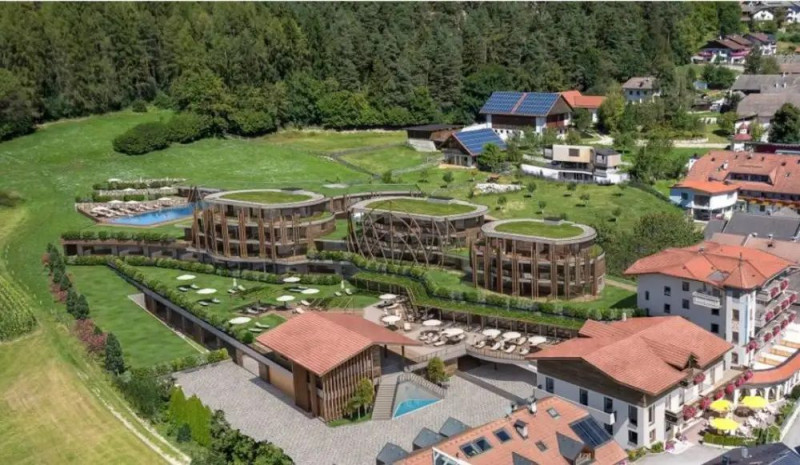-
Australia
Copyright © 2025 Powered by BCI Media Group Pty Ltd
Confirm Submission
Are you sure want to adding all Products to your Library?
Contact Detail

Bramac roof tiles are made of natural materials which are turned into a sustainable product via an especially resource-saving process.
How sustainable construction changes in cities
The fact that the world is changing due to climate change is clear for all to see: every day the media is full of unsettling news stories of extreme weather events, exceedingly high smog rates, shrinking millennial glaciers and many other extreme events. It is clear that these changes are the result of the technological, economic, social and territorial developments brought about by the industrial revolution: emissions, the greenhouse effect, acid rain and other phenomena have long-standing and alarming environmental repercussions.
It is a global phenomenon but it particularly affects certain geographical areas: poorer populations that often are concentrated in areas already affected by adverse weather conditions. However, the consequences for those who live in the cities can also have health repercussions, something that was severely put to the test during the recent pandemic.

The Urban Heat Island (UHI) effect, which affects urban and metropolitan areas, especially in the Mediterranean, has long been known and is scientifically documented. This occurs when an urban or metropolitan area is significantly warmer than outlying areas at any given time.
The heat island effect can manifest in two ways:
This is due to various factors that are specific to each individual place:
The latter factors can play a key role in improving the situation since they react to natural phenomena (humidity, air, irradiation, etc.) and can condition the local microclimate. Scientists are conducting a great deal of research into these phenomena and are focusing in particular on monitoring events and devising strategies aimed at containing emissions and mitigating the effects. The initial goal is to hold the increase in the global average temperature to well below 2°C above pre-industrial levels, as established in the Paris Agreement of 2015, and to reach the year 2050 with net greenhouse gas emissions close to zero.
We frequently hear talk of resilience, understood as the capacity to adapt to change. When talking about systems (ecological and urban), this refers to the system's capacity to repair itself and return to its initial state following disruptive action and the consequent modification of its original state.
Looking at cities today, such a goal seems difficult to achieve. It is, however, certainly possible to avoid worsening the situation and for this reason, many Italian cities have adopted programmes aimed at:
Resilience needs therefore to be planned: a principle that is valid when referring to the quality of cities, their parts and buildings.
In the cities, the strategies to be adopted should essentially aim to reduce waterproofing and new land consumption, control rainwater runoff and monitor urban drainage and the water network, with adequate infrastructure, and lead to the creation of green systems and networks and the widespread construction of public and private squares, boulevards and gardens.
For the sake of environment
One of the most effective way of slowing global warming is to reduce CO₂ emissions, and our roof tiles make a valuable contribution to achieving this. Compared to other roofing materials, only the cement (approx. 20% proportion) requires firing during manufacture. All the tiles need after the initial moulding is a few hours drying at a moderate 60°C. After that, they dry out in the warehouse.
Resource-saving
Many roofing materials require highly energy-intensive manufacturing processes. Bramac roof tiles, however, are created in a particularly resource-saving manner. Compared to other roofing materials, up to 75% less energy* is required for the raw materials provision, manufacture, packaging and delivery of the roof tiles.
* Source: Ecological assessment report by the Öko-Institut e.V. [Institute for Applied Ecology], Freiburg
Durability
The sturdiness of some roofing materials deteriorates with age, so much so that they sometimes need to be completely replaced. The sturdiness of roofing tiles, however, actually increases gradually over time. This ensures a particularly long lifespan for Bramac roof tiles and guarantees the best protection against snow, ice and hail. Thanks to their durability, ease of repair and simple replacement, Bramac roof tiles help take care of our resources.
Explore by locations
Italy Iberia United Kingdom France Germany Finland Austria



